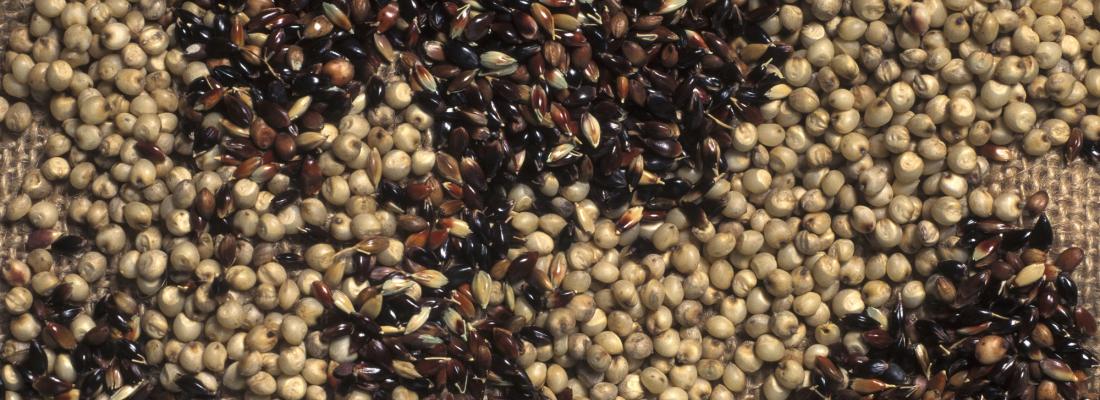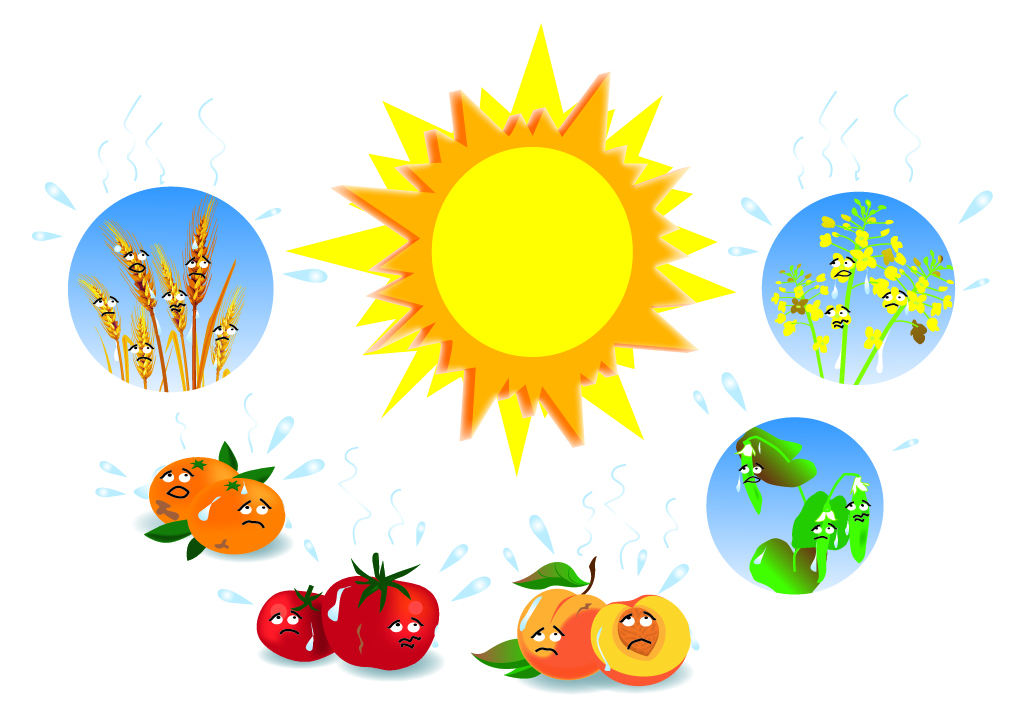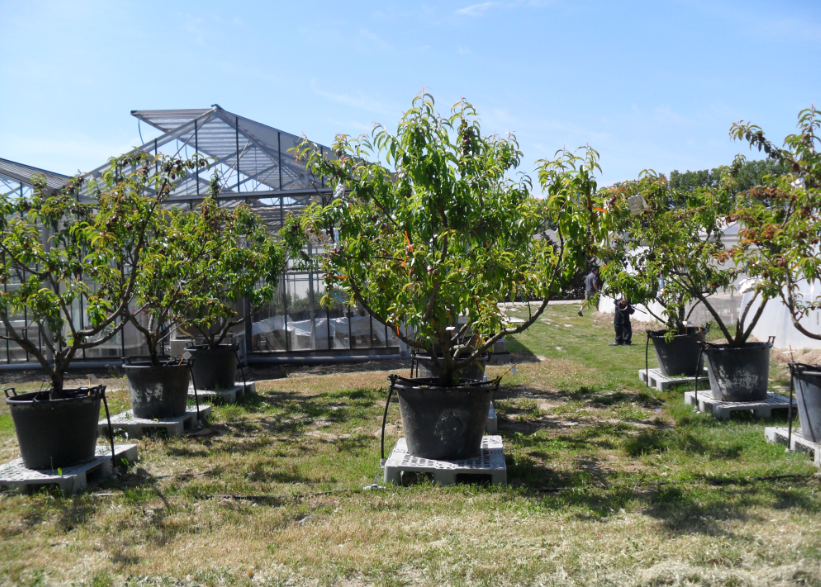Climate change and risks Reading time 3 min
Predicting the impact of climate change on the quality of plant products
Published on 11 January 2018


In the future, increasing periods of high temperatures and water shortages in the summer will alter the taste and nutritional value of fruit and grain and the germination quality of seed. “We wanted to study the impact of climate change on the quality of these agricultural products in order to predict any potential changes,” explains Carolyne Dürr, joint project leader for the CAQ 40 project - Effects of climate change on the quality of fruit, grain and seed. “Little data is currently available on the subject, data which could be useful for breeders to help steer their work and find appropriate varieties. It would also allow food processing companies to prepare for the new situation.”
INRAE has brought together the skills of bioclimatologists, agronomists, ecophysiologists, geneticists, biochemists and technologists to implement the project.
Negative impact on grain
“Existing experimental platforms, working on the impact of climate change on yields, have provided us with grains produced under varying temperature conditions and degrees of water availability,” says the researcher. Wheat, rapeseed and pea grains were analysed.
The results reveal that the consequences induced by high temperatures at the end of the cropping cycle are far from negligible. There is a negative impact for the processing and consumption of products derived from these grains. Their mass is reduced and their composition is modified. For example, the new balance of various proteins (pea) or fatty acids (rapeseed) decreases the nutritional quality of these grains.
“High temperatures also accelerate germination,” says Carolyne. “They are susceptible to early germination, even before harvesting, so they can no longer be used as seed. They don’t keep as well either.”
More variable growth and composition in fruit

“The CAQ 40 project has allowed us to show a diversity of climate responses depending on the species and variety,” explains joint project leader Hélène Gautier. “Climatic constraints at the beginning of the cycle, during the cell division phases, lead to a reduction in the size of fruit at harvest. Later climatic constraints modify the levels of sugars, acids and antioxidant compounds.”
For clementines, the project has benefited from the existence of long-term experimental orchards in Corsica. Here, data collected since 1960 has shown that increased temperatures raise sugar content and reduce acidity. This variation in the sugar/acidity ratio also changes the taste. It may lead to part of the harvest being excluded from sale under the Protected Designation of Origin quality label because the fruit no longer complies with the specifications.
“Improving our knowledge about the impact of climate change on quality will require many more studies,” concludes the researcher. “In particular, genetic variability and its use to cope with climate change needs to be further explored.”
Introducing qualitative changes in models
“There are many crop models which simulate the yields of agricultural products according to climate data,” says Carolyne Dürr. “Our objective is to add the effects on product composition and quality. To do this, we need to continue experimentation and analyses.”
Reference:
Carolyne Dürr, Sophie Brunel-Muguet, Christine Girousse, Annabelle Larmure, Colette Larré, Agnès Rolland-Sabaté, Marie-Hélène Wagner. 2018. Changes in seed composition and germination of wheat and pea when exposed to high temperatures during grain filling and maturation. Crop and Pasture Science 69 (4):374-386 https://doi.org/10.1071/CP17397
